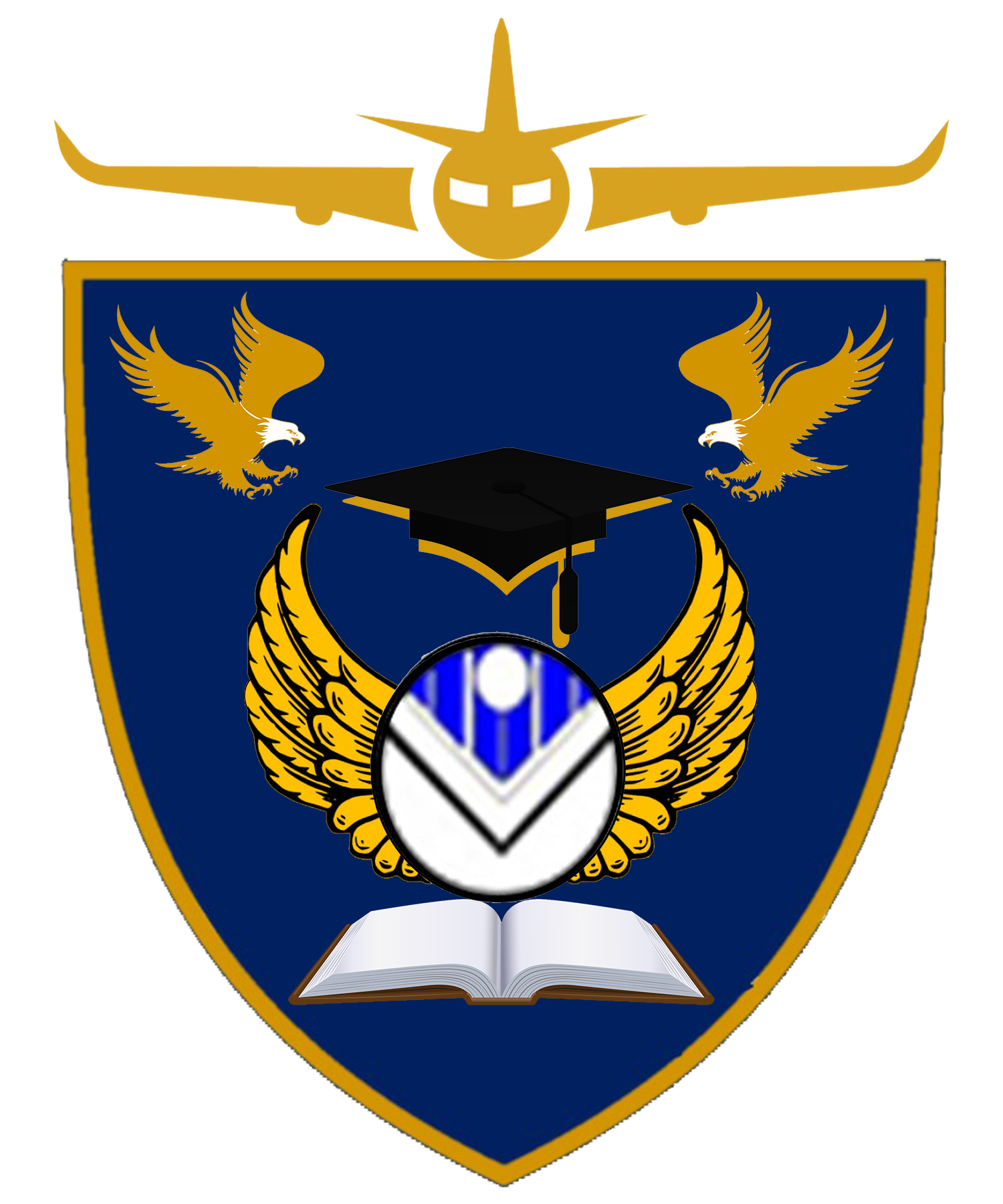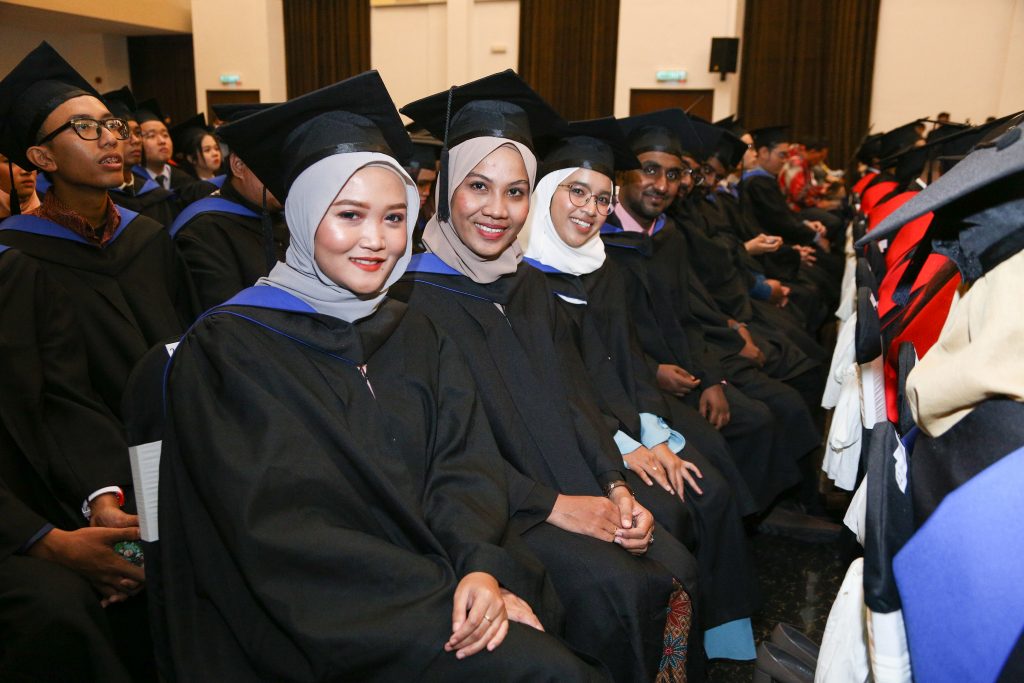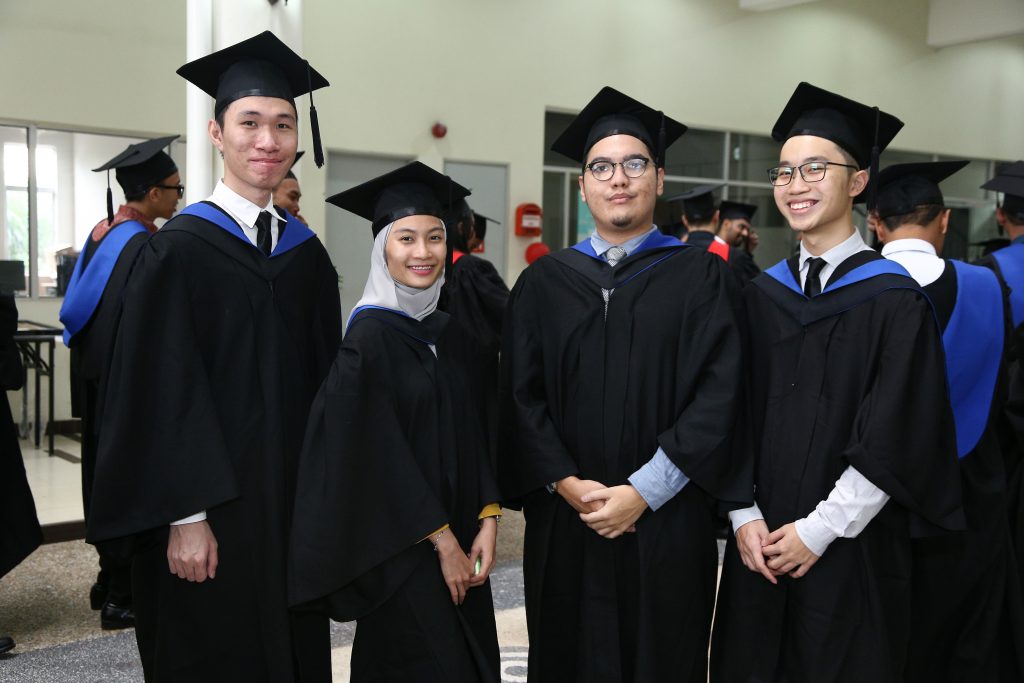BACHELOR DEGREE
BACHELOR OF SCIENCE IN AERONAUTICS TECHNOLOGY (BAT)
(N/525/6/0109)(10/28)(MQA/PA 14943)
Bachelor of Science in Aeronautics Technology (BAT) is a practical, technology-focused degree designed to prepare students for careers in aircraft systems, maintenance, and aviation engineering. The program covers key areas such as aircraft engineering technology, aircraft maintenance engineering, and MRO (Maintenance, Repair, and Overhaul) management, equipping students with both theoretical knowledge and hands-on technical skills.
Students will also gain insight into airport operations, air cargo management, flight safety, and aviation training systems, offering a well-rounded view of the aviation ecosystem. With exposure to topics like airport ground handling, pilot and cabin crew training, and airspace economies, graduates will be ready for diverse roles in airlines, airports, MRO facilities, and aerospace organizations.
QUICK FACT
Duration
3 YEARS
Credit Hour
120 Credit Hour
Majoring
- Avionics
- Aircraft Maintenance


